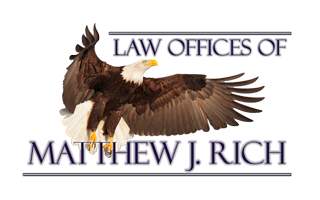People v. DeBour, N.Y.2d 210 (1976) is the touchstone Court of Appeals case governing police-citizen interactions in New York.
One must always keep in mind that “Where a police encounter is not justified in its inception, it cannot be validated by a subsequently acquired suspicion.” People v. William II, 98 N.Y.2d 93 (2002).
DeBour set forth a four-tier framework governing police intrusion in encounters with citizens. Level one is a request for information by the officer, which is permissible when there is some objective, credible reason for that interference, although not necessarily indicative of criminal activity. Level two is the common law right of inquiry, where a police officer can request information to a greater degree than permissible under level one, and can obtain explanatory information by means short of a forcible seizure. This level of intrusion can be activated by a founded suspicion that criminal activity is afoot. Level three is a forcible stop and detention of a person where an officer has reasonable suspicion that the person has committed, is committing or is about to commit a crime. Lastly, level four allows a police officer to arrest and take into custody a person when the officer has probable cause to believe that the person has committed a crime, or an offense in the police officer’s presence.
The graduated framework set forth in DeBour for evaluating the constitutionality of police-initiated encounters with private citizens applies with equal force to traffic stops. People v. Garcia, 20 NY3d 317, 319 (2012).
